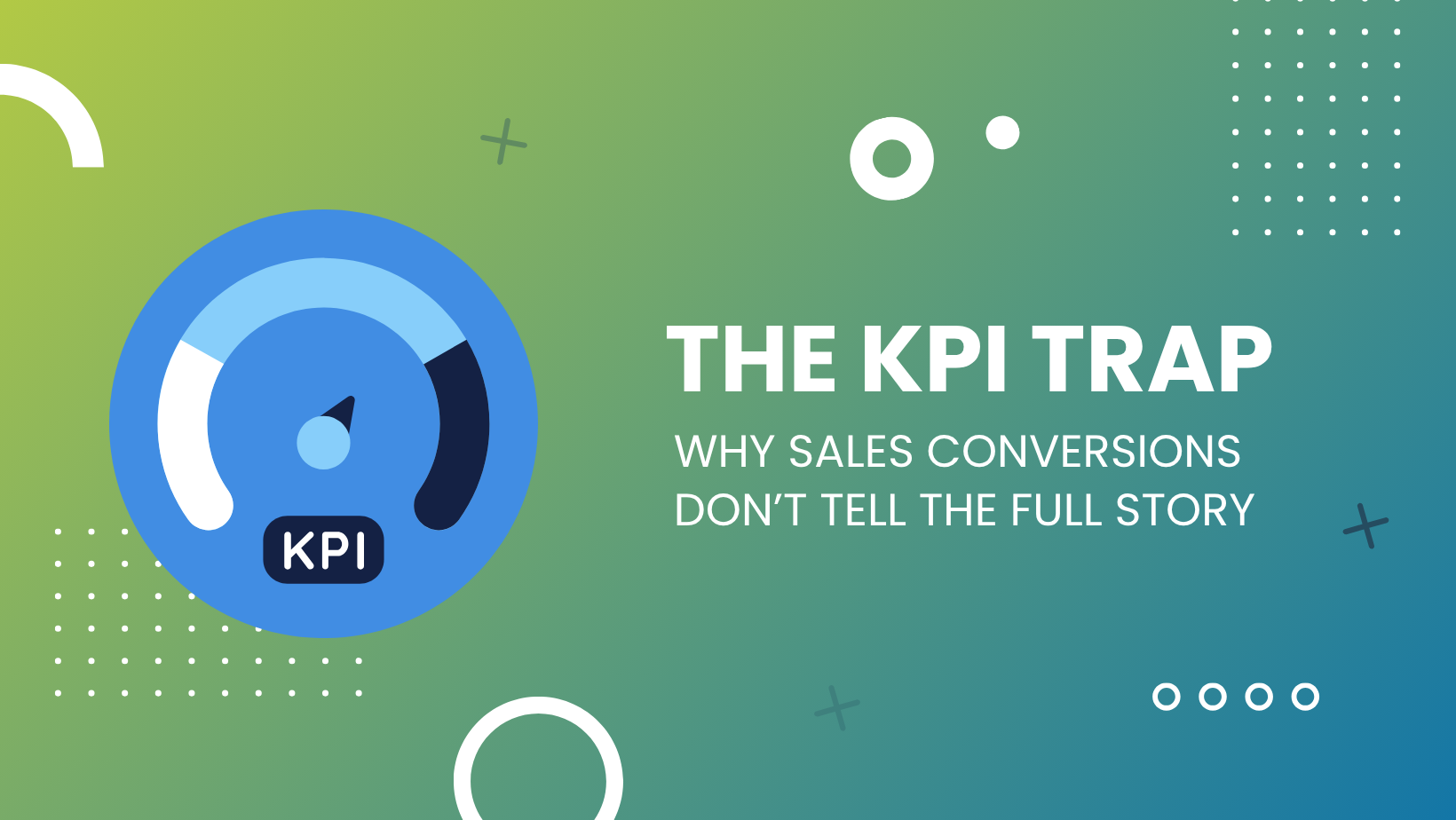The Web’s 10 Second Rule and Information Architecture (IA)

Nielsen Norman Group reports that it only takes 10 seconds for a website visitor to decide if they’re going to stay on your page.1 As attention spans become shorter, the challenge to engage a web visitor is even greater. That’s where Information Architecture can help.
Information Architecture identifies the site’s content and how it’s organized. The last thing you want is your site to feel chaotic or hard to follow. IA helps categorize and define the flow of the pages. The better organized the information is on your site, the easier it is for visitors to quickly find what they need.
When Dutchess Tourism approached our agency to revamp their site, the rules of IA were applied. The site had to be organized to best meet the year-round tourist events and venues throughout the county. The site map below illustrates how this information was categorized and the pages that flowed from each:
How do you determine the optimum flow of information for your site?
Take a close look at the following:
· Define your target. What are their wants or needs? If you have a secondary target, now’s the time to group content accordingly.
· Do an inventory of your current content. Is it relevant, does it need to be revised/updated?
· Identify your visitor’s expectations. Does your site address them, do you need to add “related links” to help provide the information.
IA helps website designers determine navigation. Without it, it’s like writing a paper without an outline.
1 Nielsen Norman Group “How Long Do Users Stay on Web Pages”
SOURCE: http://www.nngroup.com/articles/how-long-do-users-stay-on-web-pages/





